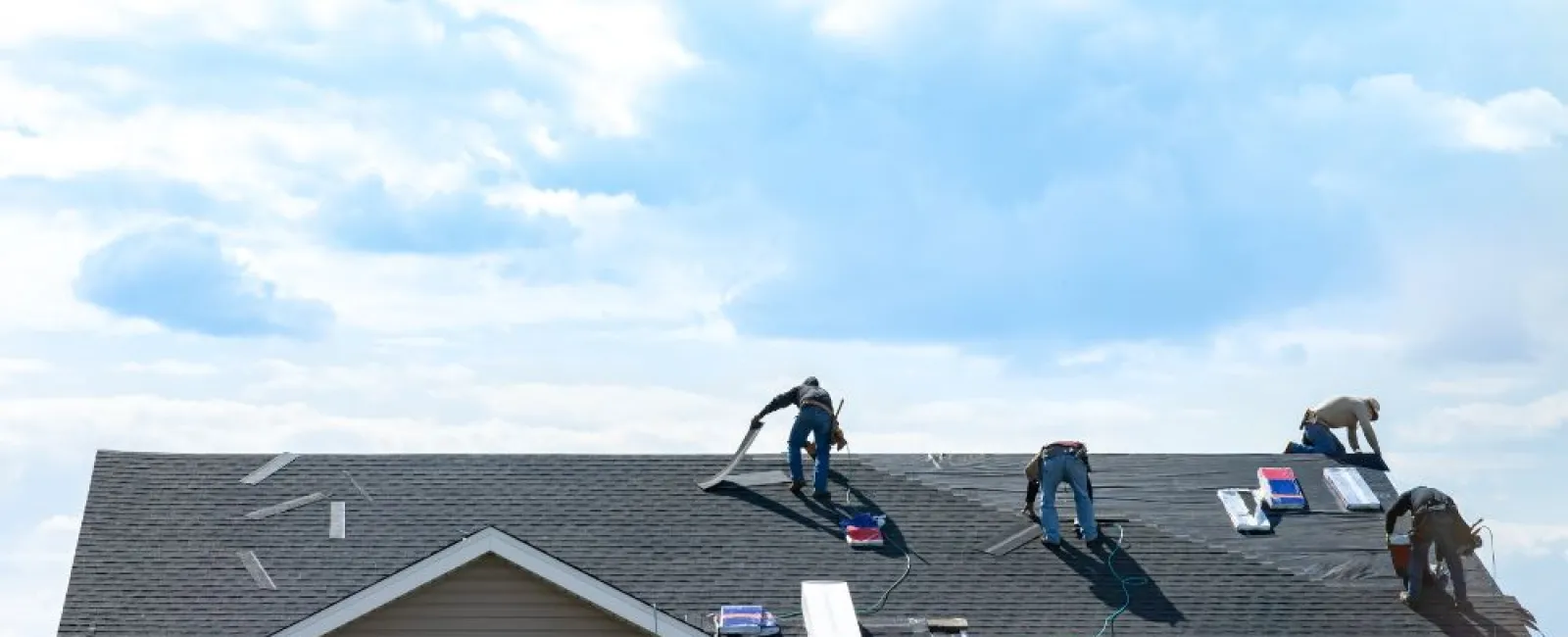A property's roof will take the brunt of all weather conditions, from extreme heat to frigid chills and hard rain to golf ball hail. A significant part of a roof's job is to ensure it can withstand these dramatic elements and protect the contents of a property. But how much impact can all these different weather conditions have on a roof? Let's take a closer look.
Excessive Rainfall Can Create Moisture Issues
Rain is a fact of life. But in climates that experience lots of it, rain can create an issue with moisture that leads to structural damage over time. After experiencing enough rainfall, roofs are subject to the following:
- Water pooling
- Wood rot
- Deterioration of materials
- Mold in the underlay
You may not see these issues with the naked eye, and that's why many homeowners struggle to deal with these issues. Calling a reputable roof repair contractor can help you look for signs, manage problems at the onset, and have your roof evaluated for existing damage.
Dancing Temperatures Increase Stress
There aren't many locations that don't experience rising and falling temperatures at various points in the year. Seasonal transitions can bring confusing weather, and your home's roof may fall victim to it. Suppose your roof is experiencing increased stress due to extreme temperature changes. In that case, you may notice shingles detaching from the underlay, loose granules, lifting shingles near the chimney, or shingle curling.
Windy Conditions Bother Materials
Understandably, strong winds can result in displacement on the roof. This is relatively easy to fix, though it's frustrating because this means the initial installation was poor. If you happen to find shingles in your yard or landscaping, call your roofing company to discuss the results.
The professionals may suggest a different shingle system altogether with built-in nail stripping, or they may request to have the property evaluated to check for other weather-related issues beginning to surface. Wind-blown shingles can be an indication of an already weak structure.
Hail Is Structurally Damaging
Hail damage can strike cars, windows, and roofs. Given the roof is the surface that protects a home's interior, it's the first line of contact with something such as hail. The issue with hail is that it can exert lots of force on structures.
It's possible for hailstorms to slam so hard on the roof that they break shingles loose, cause granule disorientation, or chip away at the structural makeup. If you think your roof's damage has resulted from hail, partner with a roofing company right away. They'll help you evaluate the circumstances and resolve the issue before other damages occur.
Weather conditions have a severe impact on roofing systems and construction. Identifying the signs of damage and investing in quality materials and installation services can help mitigate these issues. Partner with Northpoint Roofing Systems when you need service you can trust and timely roofing solutions.

